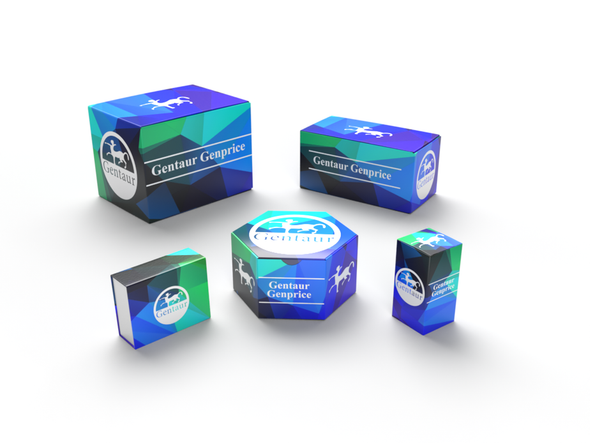740
Mouse Lipoxygenase homology domain-containing protein 1 (LOXHD1) ELISA Kit | AE60550MO
- SKU:
- 740-AE60550MO
- Availability:
- Usually ships in 5 working days
Description
Mouse Lipoxygenase homology domain-containing protein 1 (LOXHD1) ELISA Kit | AE60550MO | Gentaur UK, US & Europe Distribution
Species Reactivity: Mouse (Mus musculus)
Abbreviation: LOXHD1
Alternative Name: DFNB77; FLJ32670; LH2D1;
Application: ELISA
Range: 0.312-20 ng/mL
Sensitivity: 0.117 ng/mL
Intra-Assay: ≤4.3%
Inter-Assay: ≤9.2%
Recovery: 0, 96
Sample Type: Serum, Plasma, Other biological fluids
Detection Method: Sandwich
Analysis Method : Quantitive
Test Principale: This assay employs a two-site sandwich ELISA to quantitate LOXHD1 in samples. An antibody specific for LOXHD1 has been pre-coated onto a microplate. Standards and samples are pipetted into the wells and anyLOXHD1 present is bound by the immobilized antibody. After removing any unbound substances, a biotin-conjugated antibody specific for LOXHD1 is added to the wells. After washing, Streptavidin conjugated Horseradish Peroxidase (HRP) is added to the wells. Following a wash to remove any unbound avidin-enzyme reagent, a substrate solution is added to the wells and color develops in proportion to the amount of LOXHD1 bound in the initial step. The color development is stopped and the intensity of the color is measured.
Product Overview: LOXHD1 encodes a highly conserved protein consisting entirely of PLAT (polycystin/lipoxygenase/alpha-toxin) domains, thought to be involved in targeting proteins to the plasma membrane. Studies in mice show that this gene is expressed in the mechanosensory hair cells in the inner ear, and mutations in this gene lead to auditory defects, indicating that this gene is essential for normal hair cell function. Screening of human families segregating deafness identified a mutation in this gene which causes DFNB77, a progressive form of autosomal-recessive nonsyndromic hearing loss (ARNSHL) . Alternatively spliced transcript variants encoding different isoforms have been noted for this gene.Loxhd1 progressively localized to the cytoplasm, and in the adult, Loxhd1 was expressed in hair cells along the length of stereocilia.
Stability: The stability of ELISA kit is determined by the loss rate of activity. The loss rate of this kit is less than 5% within the expiration date under appropriate storage condition. The loss rate was determined by accelerated thermal degradation test. Keep the kit at 37°C for 4 and 7 days, and compare O.D.values of the kit kept at 37°C with that of at recommended temperature. (referring from China Biological Products Standard, which was calculated by the Arrhenius equation. For ELISA kit, 4 days storage at 37°C can be considered as 6 months at 2 - 8°C, which means 7 days at 37°C equaling 12 months at 2 - 8°C) .






